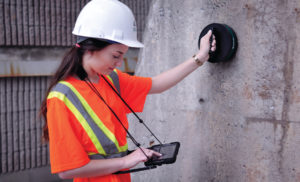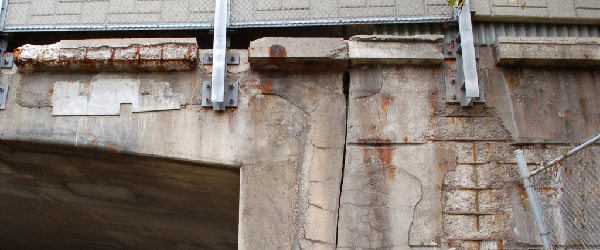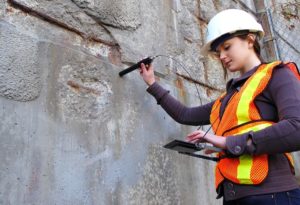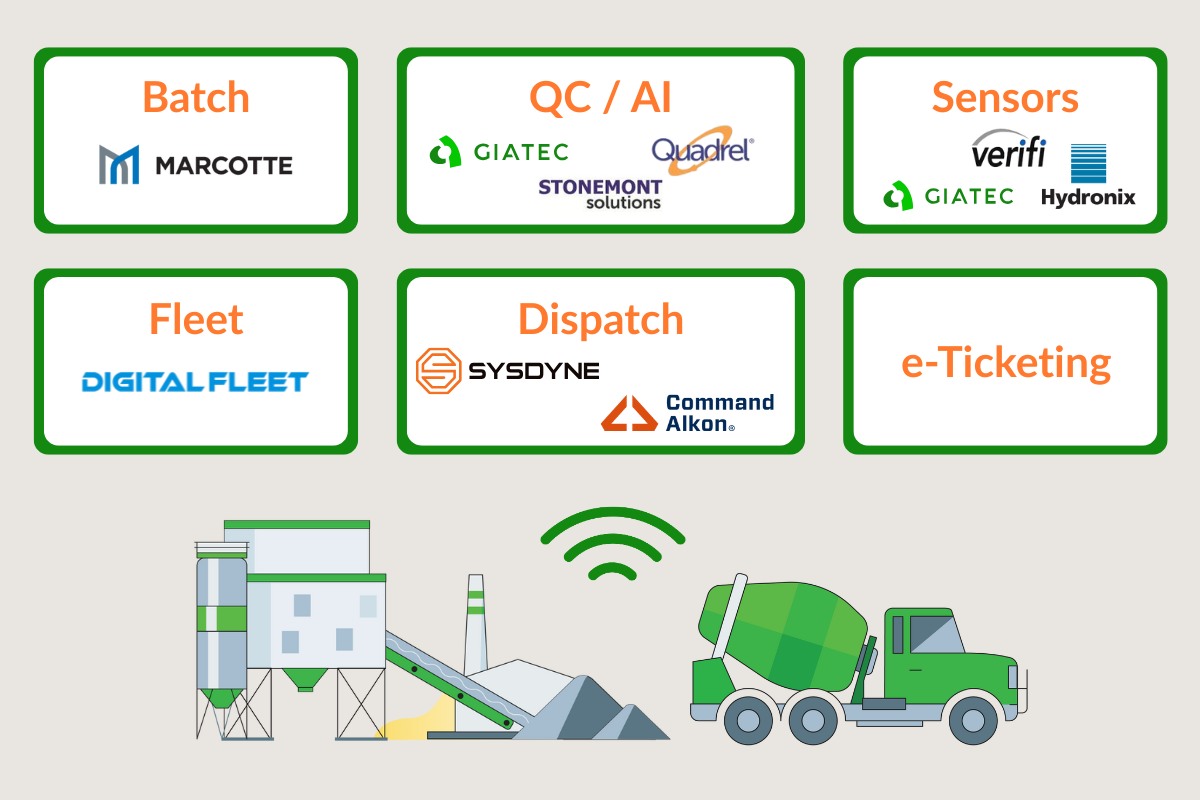The strenuous job of planning a reinforced concrete structure does not end after your project is complete. Concrete structures can be exposed to elements like salt water, CO2 and chloride, which can penetrate the concrete all the way to the steel reinforcement, resulting in corrosion. If corrosion is not properly monitored and managed, the durability of the structure begins to weaken, which has serious safety risks. The risks and rate of corrosion increase the longer a building, bridge, or dam is around. So, it is especially important to test and maintain them when needed. In this blog, we will discuss the importance of the repair of reinforced concrete, as well as new methods that can generally contribute to concrete corrosion repair.
Explore 12 Futuristic Technology Trends Solving Concrete's Biggest Challenges.
Cracks in Concrete
A lot of corrosion can go completely unnoticed. Often, if you see corrosion, it is too late for simple repairs, and rebuilding may be necessary. However, sometimes non-structural cracks may appear, which may not pose any safety risks at first. Although not immediately dangerous, there are a couple of reasons you might want to repair these cracks. The first reason is simply that they make the structure look unsafe and unattractive. The second reason is that these cracks can begin to act as pathways to the reinforcement, making it even easier for destructive elements to corrode your rebar. For these reasons, it is valuable to repair these cracks with your preferred method.
Check out this blog for more details on how to evaluate cracking
How to Repair Concrete
There are lots of methods for concrete corrosion repair, so take care to choose the right technique for the problem at hand. Here are five methods for the repair of reinforced concrete that can help prevent corrosion and improve appearance:
- Epoxy Injections
- Routing and Sealing
- Stitching the Cracks
- Drilling and Plugging
- Grouting Methods (with Portland cement or dry packing)
It is important to keep in mind the objective you have for repairing the crack. For more serious cracks or deep corrosion, you may need to consider other methods. The methods listed above can help provide water tightness, improve durability, and prevent the spread of a corrosive environment. By understanding the end goal, you can determine the right choice for repair.
Tools to Identify Corrosion Patterns
At this point, you may be wondering how you can accurately identify corrosion patterns and cracks in your concrete structure. While you can see and solve non-structural cracks simply by looking at the concrete, it is harder to ensure no structural damage. Further, there may be underlying issues that can go completely unnoticed. Therefore, before conducting any concrete corrosion repairs, it is important to properly test either the corrosion potentials or the corrosion rate of the rebar. Giatec offers two NDT solutions for this: XCell™ and iCOR®.
XCell is a tablet-based NDT probe for fast and accurate detection and on-site analysis of corrosion in reinforced structures. The device measures the corrosion potential and sends it wirelessly to a tablet for generating half-cell contour plots in real-time.

Both iCOR and XCell can help you identify corrosion, which is critical to know before beginning concrete corrosion repair. To prevent major issues, corrosion tests should be performed regularly. The tool you choose may depend on the requirements you are given, ease of use, or simply preference. At the end of the day, iCOR and XCell are both excellent choices to accurately understand and assess corrosion.
**Editor’s Note: This post was originally published on June 2020 and has been updated for accuracy and comprehensiveness in July 2023.









2 Responses
That sounds like a very nice tool. What is the science behind it?
Thank you for your comment. The science behind iCOR is our patented CEPRA technology. Check out this page to download our information sheet https://www.giatecscientific.com/products/concrete-ndt-devices/icor-rebar-corrosion-rate/